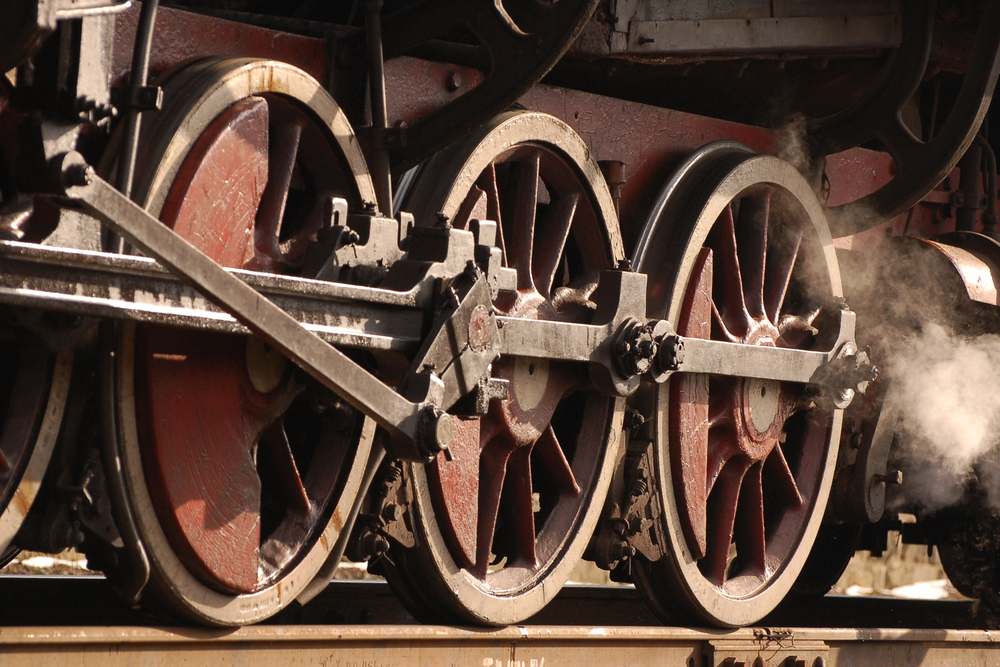How the Industrial Revolution Changed Everyday Life Forever
Sage Flynn
2025-10-06
6 min read

When we think of pivotal moments in history, few events stand out as profoundly transformative as the Industrial Revolution. It wasn’t just a period of technological innovation—it was a turning point that redefined how people worked, lived, and interacted with the world. Born in the late 18th century, initially flourishing in Britain and taking root globally, the Industrial Revolution shaped modern society in ways we often take for granted. From urbanization and mass production to shifts in gender roles and access to education, the ripple effects of this era continue to influence us. This blog explores how the Industrial Revolution touched nearly every aspect of daily life, forever altering the rhythms of society and the opportunities available to individuals.
The Rise of Urban Living
Imagine living in a rural village where life revolved around agriculture and local trades. Before the Industrial Revolution, this was the reality for most of the global population. However, as factories rose and mechanization spread, entire populations began migrating to cities in search of opportunities. This shift marked the birth of urban centers as we know them today. Cities like Manchester in England became epicenters of industrial activity, swelling as people flocked to work in textile factories and coal mines. Urbanization brought opportunities and challenges. On one hand, it gave individuals access to jobs, commerce, and a faster-paced way of life. On the other hand, these cities struggled with overcrowding, unsanitary living conditions, and health crises caused by poor infrastructure. Yet, urbanization laid the foundation for modern city living. Public transportation systems emerged, commercial districts flourished, and an interconnected way of life began to take shape. The vibrancy of urban hubs—from their bustling marketplaces to diverse neighborhoods—is a legacy of the Industrial Revolution.
The Transformation of Work
The Industrial Revolution radically altered the nature of work. Before this era, production was slow and manual, carried out by artisans and small-scale operators. The factory system, fueled by machinery and mass production, changed everything. Jobs once requiring skill and craftsmanship were replaced by repetitive tasks performed on assembly lines. For many, this brought steady wages and a break from the unpredictability of subsistence farming. However, factory work was not without its downsides. Long hours, minimal safety measures, and child labor were widespread, leading to a harsh reality for early industrial workers. This transformation didn't just impact work-life; it created a new economic structure. The growth of industries—from textiles to iron smelting and steam-powered railroads—ushered in unprecedented economic growth. It also fostered the rise of the middle class, as business owners and professionals began to thrive in this new world.
Education and Literacy
Another significant impact of the Industrial Revolution was the rise of education and access to knowledge. Prior to this period, formal schooling was largely reserved for the wealthy elite, leaving the majority of the population without literacy or numeracy. The economic progress brought by industrialization emphasized the need for a more educated workforce. Governments and communities began to recognize the importance of affordable education. Public schools were established, and literacy rates began to rise, particularly during the 19th century. Newspapers, books, and pamphlets became widely available thanks to advances in printing technology. Working-class families found themselves with increased opportunities to engage with literature, political thoughts, and scientific advancements, further fueling societal growth.

Changing Gender Roles
The Industrial Revolution also brought dramatic changes to gender roles and family life. Women, who traditionally managed households and agricultural tasks, began entering the workforce in large numbers. Many were employed in textile factories, where they could contribute to family income. While this challenged traditional gender expectations, it also presented new struggles. Women faced low wages, poor working conditions, and limited rights in the workplace. However, their presence in the workforce set the stage for later movements advocating for gender equality. At the same time, factory work for children and adults alike spurred governments to address labor rights and welfare. The progression of workplace regulations in the decades following the Industrial Revolution became pivotal in shaping today’s legal protections for workers.
The Rise of Consumer Goods
One of the most striking legacies of the Industrial Revolution is the rise of consumer culture. Prior to this era, most people owned only a few essential belongings, with luxuries being largely out of reach. Industrialization allowed for the mass production of goods, drastically reducing costs and making a wide variety of products attainable to the average household. From affordable clothing and household tools to faster methods of transportation, the industrial age made life more efficient. Railways and steamships revolutionized travel, connecting people and goods across continents. The ability to access new products and services heightened living standards significantly and fostered a sense of global interconnectedness.
Legacy and Impact
The Industrial Revolution fundamentally changed how humanity interacts with technology, society, and the economy. While it brought challenges along with its innovations, it set humanity on a path of progress that continues to shape the world we live in today. Urbanization, technological advancement, access to education, and the restructuring of everyday life were all outcomes of this transformative period. More importantly, it planted the seeds for ongoing revolutions in transportation, communication, and sustainable industrial practices.
Taking Inspiration from the Past
Reflecting on the Industrial Revolution, it becomes clear that innovation and adaptation are key to societal progress. Just as those who lived through the Industrial Revolution embraced change, we can draw inspiration to address modern challenges with creativity and perseverance. The impacts of this era go beyond historical interest; they teach us the value of integrating technology and humanity in ways that promote equity, progress, and resilience.



